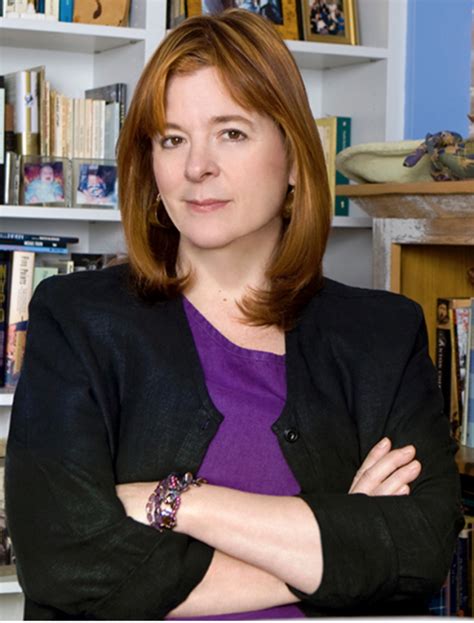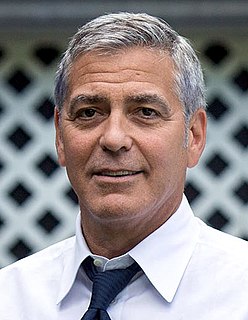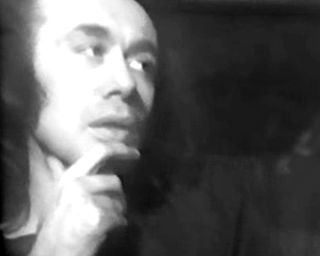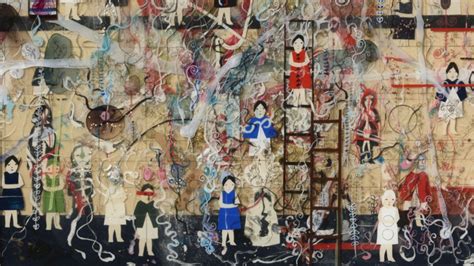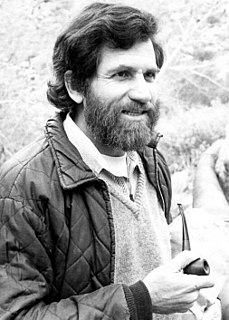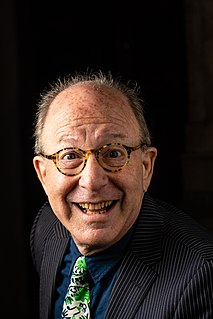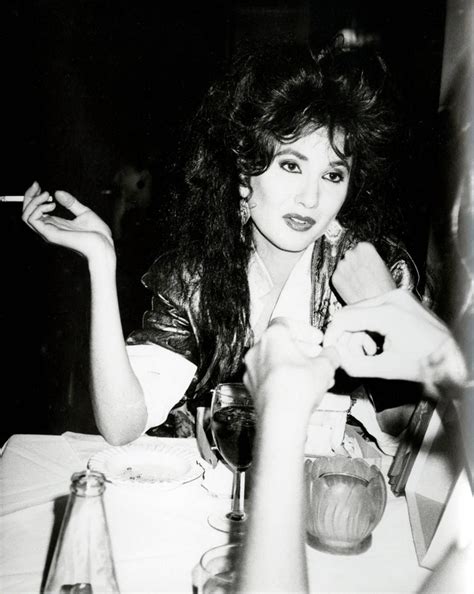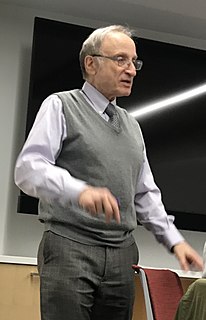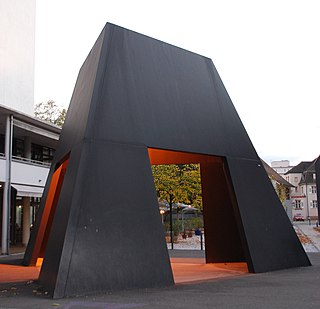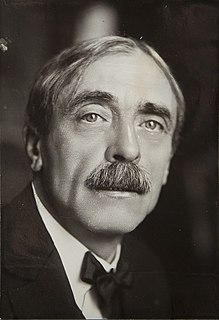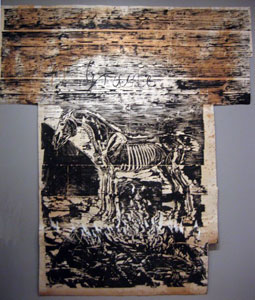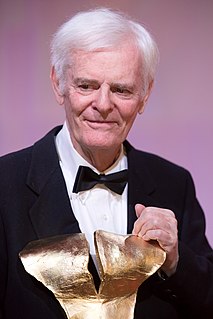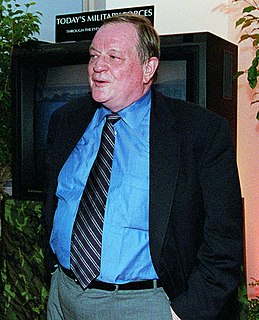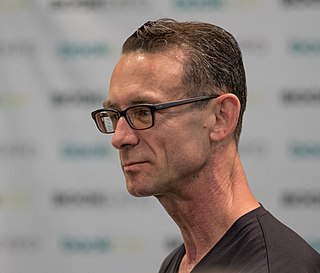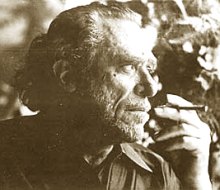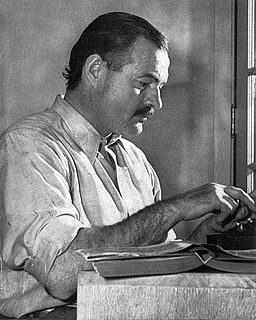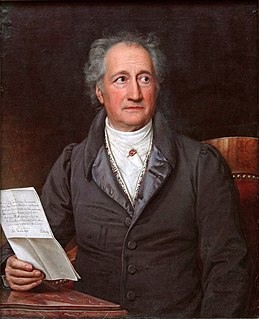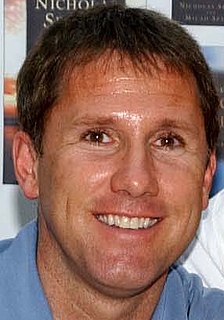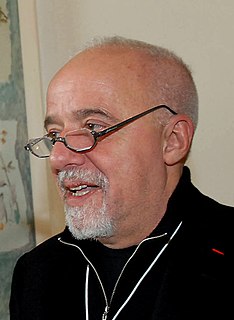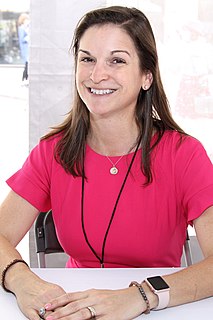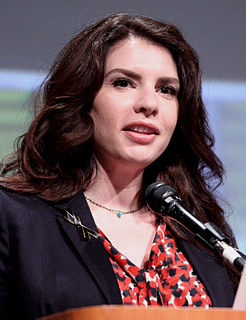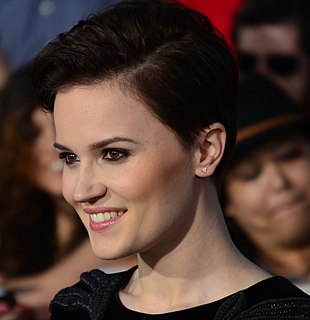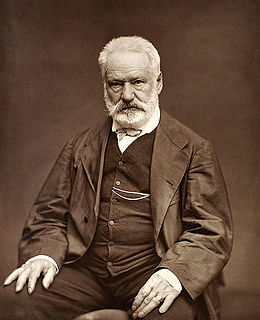A Quote by Theresa Rebeck
Does art have to have high foot traffic to get funded in a recession? A lot of people, I am sure, would say absolutely not. And those postmodern art-loving loners surely would argue that even if one person likes a piece of art, that would make a museum worthwhile.
Related Quotes
It is a question in that case of breaking up one piece of art, and whether that piece of art can be as best as possible put back together. So it's an argument to say, maybe that's one of those instances, like the bust of Nefertiti, I think that should be given back [Egyptian piece currently in Neues Museum in Berlin]. It's one of those pieces you look at and think that would probably be the right thing to do.
What I never wanted in art - and why I probably didn't belong in art - was that I never wanted viewers. I think the basic condition of art is the viewer: The viewer is here, the art is there. So the viewer is in a position of desire and frustration. There were those Do Not Touch signs in a museum that are saying that the art is more expensive than the people. But I wanted users and a habitat. I don't know if I would have used those words then, but I wanted inhabitants, participants. I wanted an interaction.
If art could be absolutely verified as to importance in, say, the way gold can be judged for purity and weight, then it would of course be finished as mythic activity. Free of doubt, controversy, and the inexplicable fluctuation of reputation, art-making would bear the same relationship to creativity as cake mix does to baking.
Being critical of art is a way of showing art respect. No sports writer would say, "Well the Yankees had a great season this year." No food critic would get a bad meal and say, "Oh, it was so lovely." It always strikes me as odd when people say, "Why do you write negatively about any art?" I think that everybody has mixed feelings about everything - even Goya. I mean, I look at Rembrandt sometimes and I hear a voice in my head go, "It's pretty brown."
I think that a lot of artists have succeeded in making what I might call "curator's art." Everybody's being accepted, and I always want to say, "Really? That's what you've come for? To make art that looks a lot like somebody else's art?" If I am thinking of somebody else's art in front of your art, that's a problem.
If you want to be a writer, all you need is a piece of paper and a pencil, and I had a manual typewriter. It doesn't cost money to write. It costs money to make art. So I would just write. I would hand out stories in the classes in high school. And the teacher would say, "Whatever you do, don't become a writer."
Unless created as freestanding works, quotations resemble "found" art. They are analogous, say, to a piece of driftwood identified as formally interesting enough to be displayed in an art museum or to a weapon moved from an anthropological to an artistic display.... The presenter of found art, whether material or verbal, has become a sort of artist. He has not made the object, but he has made it as art.
I went to art school... but I worked at the Museum of Modern Art. I worked in fundraising at the information membership desk. I ended up, over a period of time, doubling the amount of membership revenue that came in through people entering the museum, so people would ask me to come and work for them.
Intellectual culture seems to separate high art from low art. Low art is horror or pornography or anything that has a physical component to it and engages the reader on a visceral level and evokes a strong sympathetic reaction. High art is people driving in Volvos and talking a lot. I just don't want to keep those things separate. I think you can use visceral physical experiences to illustrate larger ideas, whether they're emotional or spiritual. I'm trying to not exclude high and low art or separate them.
